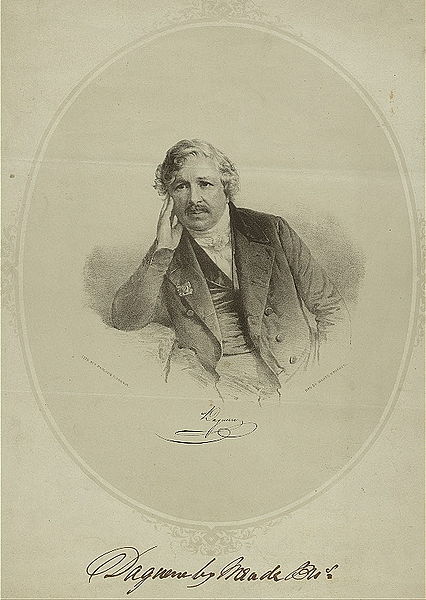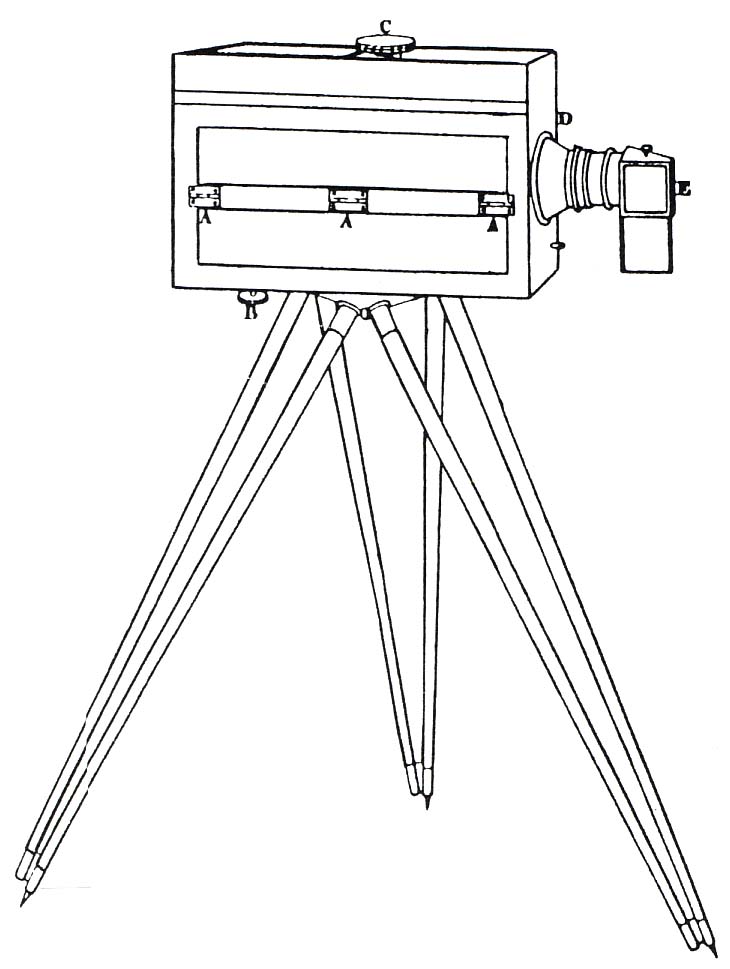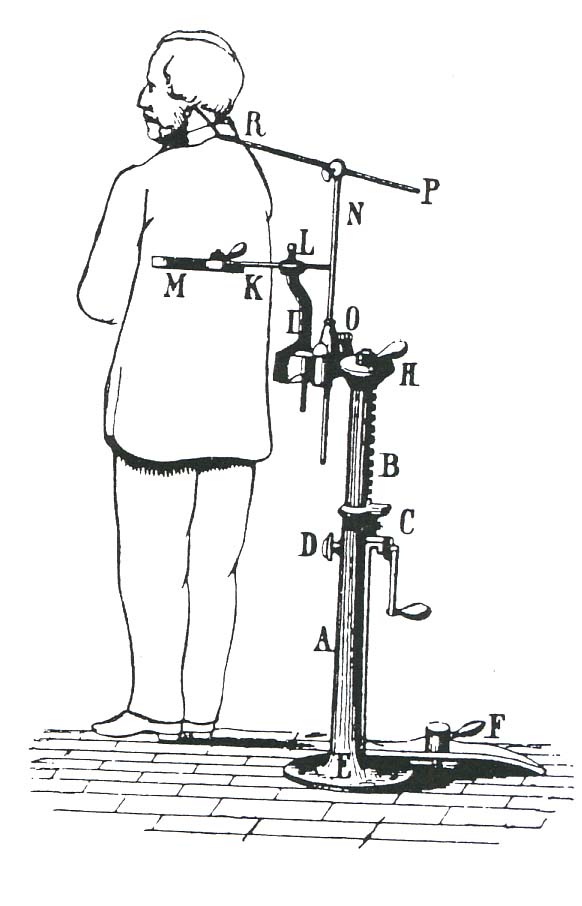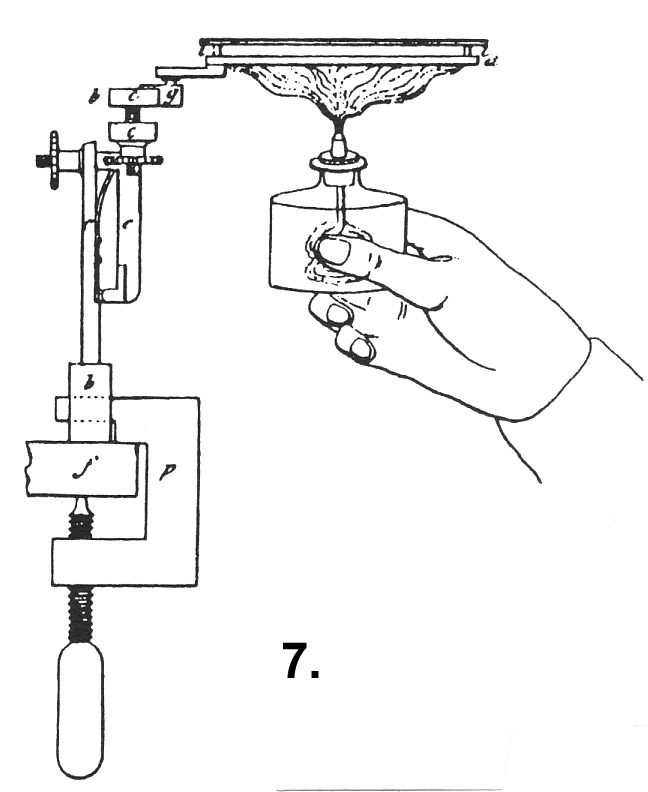No.1#• Electric luxury Maserati Tramontane

maserati tramontane pym1g 3868
Info: Designed by Ondrej Jirec, the Maserati Tramontane is a concept vehicle which is developed as a part of his studies at the Art Center College of Design in Pasadena. It’s a lightweight electric luxury supercar, and its design is intended to lower the weight, reduce the No. of body parts, and to simplify building process while combining interior and exterior elements.
No.2• Citroen Eco-Luxury sedan

citroen eco luxury sedan
Info: The Citroen Eco-Luxury sedan concept from designer Ankit Prashar has a different touch for Citroen’s design language. The luxury vehicle is all-electric with a lithium-ion battery powering the in-wheel electric motors. A fuel cell works as a range extender and charges the batteries when needed, to top it all, solar panels on the roof supply energy for the concept’s lighting system.
No.3• Mercedes all-electric luxury car

mercedes all electric luxury car
Info: It was just a while Mercedes announced that the Mercedes-Benz S400 BlueHybrid would be the first production hybrid that uses lithium-ion batteries. BI is saying that a source within MB’s Stuttgart Research Center has revealed that Daimler AG is developing a mid- or large-size electric-powered luxury vehicle.
No.4• Fisker Luxury Electric Car

fisker luxury electric car
Info: Fisker Automotive released the photos of what they called the final production version of the Fisker Karma luxury plug-in hybrid electric sedan before its official debut at the 2009 North American International Auto Show. Company is to set to start rolling of the production line at the end of this year.
No.5• Mitsubishi All-Electric Car

mitsubishi all electric car
Info: Mitsubishi has unveiled this all-electric concept car called the i MIEV Sport in September 2007. Besides being a zero-emission vehicle, the car incorporates a solar roof, two compact wind turbines built into the front grill, and a regenerative braking system.
No.6• Aston Martin’s Lagonda

aston martins lagonda
Info: Aston Martin’s Lagonda concept car, which is a four-door, four-seat sports car maintains its distinct and sporty image in the car world. This vehicle from Aston Martin will be a luxury sports car made using cutting-edge technology and innovative new materials.
No.7• Fisker’s sporty Eco-Chic

fiskers sporty eco chic
Info: The Fisker four-door premium ‘Eco-Chic’, plug-in hybrid sports sedan comes in gas or diesel engines and offers as many as 620 miles between refueling. The plug-in charge is good for the first 50 miles and the hybrid drive can squeeze up to 100 miles per gallon out of fossil fuels. The car has a battery pack at the center to deliver improved driving dynamics, better balance, maximum safety, and ’some’ good looks.
No.8• Koenigsegg’s electric Quant car

koenigsegg solar powered supercar
Info: Koenigsegg unveiled their electric vehicle concept Quant at the 2009 Geneva Motor Show. The vehicle has a mammoth 512hp and 527 pound-ft of torque. The entire torque is available at 1 rpm and stays on until the maximum motor speed. While they were at it, they decided the concept’s two motors should be powered by rapid charge capable batteries.
No.9• Cadillac XTS Platinum

cadillac xts platinum concept jiwpr 3868
Info: In a bid to give the German luxury cars a genuine competition, Cadillac unveiled its XTS Platinum concept at the 2010 Detroit Auto Show. This model is all set to replace two of Cadillac models viz. STS and aging DTS. The concept flaunts Cadillac’s emerging top of the line Platinum series of models, emphasizing new expressions of luxury and technological features.
No.10• All Electric Tesla

telsa electric car
Info: The all-electric Tesla Roadster is already a darling of the masses. The wonderful car has been hailed for its supreme performance and amazing clean drive. The Roadster seems to it from 0 to 60 in a flash and all that is done with absolute silence. The instant acceleration and the sudden braking are kept under control by a very efficient traction control system.
No.11• Dodge Circuit EV

dodge circuit ev
Info: The car that was nothing more than a Lotus Europa with an electric powertrain and Dodge badges now at least looks kind of like it belongs in a Dodge dealership .The front fascia now sports the traditional Dodge cross-hair grille while the posterior gets cleaner look with a small diffuser. New wheels and a coat of orange paint that Chrysler’s press release dubbs”Tangoreen” round out the visual changes.











 Posted in:
Posted in: 







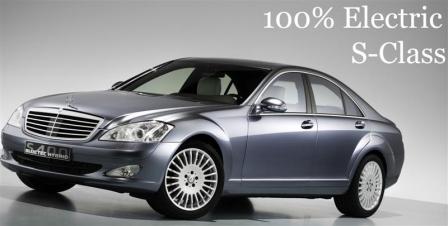



.svg/800px-Information_processing_system_(english).svg.png)















